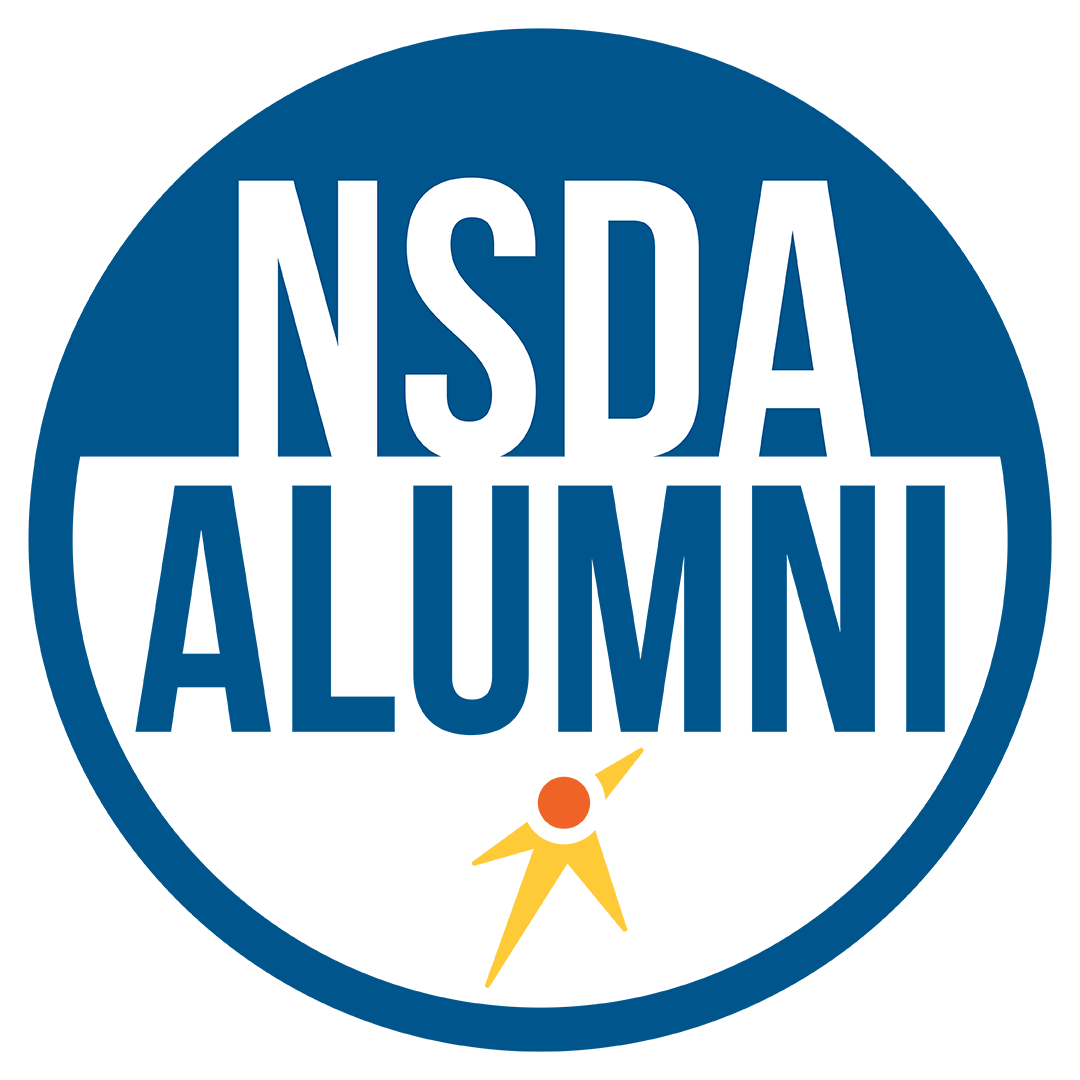Using Debate as an Educational Tool

Published in Edutopia.
In a divided society, debate may seem like the last strategy an educator would want to employ in the classroom. Many educators and young people alike envision the shouting matches often seen on political stages and fear having to speak about unfamiliar issues or feeling out of control. Too often, debate is reserved for those perceived as the “good kids” and the already confident speakers.
In fact, the structure and facilitation of debate make it safer than some other forms of communication for young people to engage in, because the rules encourage people to listen to different views.
Bob Litan (2020) of the Brookings Institution defines debate as “structured, civil discussion” that involves at least two sides to an issue, focuses on substance, features time limits for each side, and compels speakers to persuade an audience about how to make informed choices, incorporate new information, and identify ways to reach consensus. He continues, “[T]he ability to discuss formally, but in a civil way, multiple sides of any topic is a skill that can be learned and, once learned, confers substantial benefits to individuals and society” (p. 87). He quotes commentator Van Jones: “Debate is the lifeblood of democracy, after all. Disagreement is a good thing—even heated disagreement. Only in a dictatorship does everyone have to agree” (pp. 87–88).
Debate as an Educational Tool
Given Litan’s definition, it comes as no surprise that debate is one of the most comprehensive speaking formats for addressing standards across all grade levels. As early as 1st grade, learners are expected to respond to and build on comments from others, developing their skills to eventually become 12th graders who are expected by academic standards to “respond thoughtfully to diverse perspectives, synthesize comments, claims, and evidence made on all sides of an issue, resolve contradictions, and determine what information is required to deepen investigation” (National Governors Association Center for Best Practices & Council of Chief State School Officers, 2010). The ability to engage in healthy debate is valuable to preparing for future careers (particularly those that are innovative and entrepreneurial), securing jobs, challenging fake news, and encouraging civic engagement and interest in social issues (Litan, 2020).
In addition, careful and deliberate listening is one of the most important capabilities taught through debate because it is impossible to participate in a debate without structured note taking and the ability to simultaneously listen and synthesize. These benefits are the product of debates that are geared toward fostering understanding through clear facilitation and should be viewed as a protocol for conversations about contrast and courage. Classroom debates do not, and should not, look like present-day debates by candidates seeking public office.
Connect With US

How has speech and debate changed your life?

Click here to claim your FREE alumni membership.

Learn more about the Speech and Debate Initiative.
